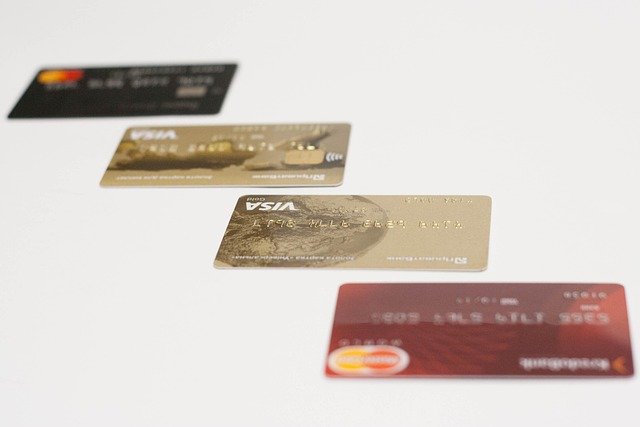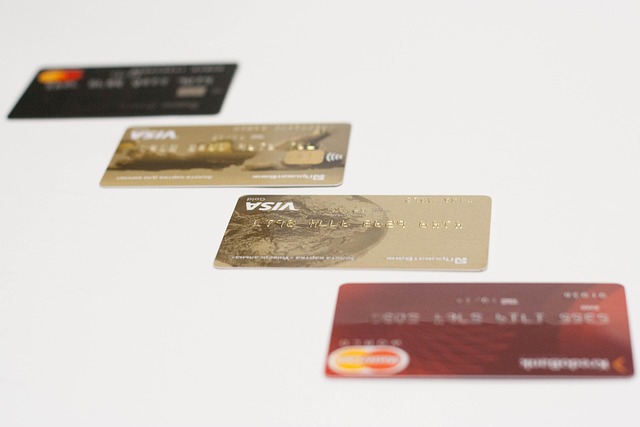Screwless Dental Implants: Modern Solutions for Tooth Replacement
Dental technology continues to evolve with innovative solutions that make tooth replacement more comfortable and effective. Screwless dental implants represent a significant advancement in implantology, offering patients a less invasive alternative to traditional implant methods. These modern systems eliminate the need for screws by utilizing different attachment mechanisms, potentially reducing surgical complexity and improving patient comfort during the healing process.

Dental implants have revolutionized tooth replacement, offering patients a permanent solution that looks, feels, and functions like natural teeth. Among the latest innovations in this field are screwless dental implants, which provide an alternative approach to traditional screw-based systems. This article explores what screwless dental implants are, their benefits, costs, and how they compare to conventional implant options.
What Are Screwless Dental Implants?
Screwless dental implants represent an evolution in implant dentistry that eliminates the need for screws to secure the prosthetic tooth to the implant base. Instead of using traditional screw retention methods, these systems utilize alternative connection mechanisms such as friction-fit designs, locking tapers, or magnetic attachments. The implant post is still typically placed into the jawbone, but the way the crown or prosthetic attaches differs significantly.
These innovative implants were developed to address some limitations of conventional screw-retained implants, including potential screw loosening, aesthetic concerns from access holes, and technical complications. By removing the screw component, manufacturers aim to create a more seamless connection between the implant and the restoration while potentially reducing long-term maintenance issues.
How Do Screwless Implants Compare to Traditional Implants?
Traditional dental implants typically consist of three components: a titanium post surgically placed in the jawbone, an abutment attached to the post with a screw, and a crown secured to the abutment (often with another screw). This design has proven highly successful but comes with certain limitations.
Screwless systems, by contrast, often feature a two-piece design with a more streamlined connection between components. The benefits may include:
- Improved aesthetics due to the absence of screw access holes
- Potentially better distribution of forces throughout the implant system
- Reduced risk of mechanical complications like screw loosening or fracture
- Simplified restoration procedures for dental professionals
- Less bone loss in some cases due to different pressure distribution
However, traditional screw-retained implants still offer advantages in certain clinical situations, particularly when retrievability is important for maintenance or when dealing with complex restorations that may need adjustment over time.
Benefits of Advanced Screwless Implant Technology
The technology behind screwless dental implants continues to advance, offering several potential benefits for patients:
Enhanced aesthetics stand out as a primary advantage, as the absence of screw access holes creates a more natural appearance, particularly in visible areas of the mouth. The design also tends to create better emergence profiles—how the crown emerges from the gumline—contributing to a more natural-looking smile.
From a functional perspective, some screwless systems may provide better biomechanical properties by distributing forces more evenly throughout the implant and surrounding bone. This could potentially lead to improved long-term outcomes and reduced bone loss around the implant site.
For dentists, these systems often simplify the restoration process, allowing for more predictable results and potentially shorter chair time. The elimination of small components like screws can also reduce the risk of complications during placement and maintenance procedures.
The Screwless Implant Procedure: What to Expect
The procedure for placing screwless dental implants follows many of the same steps as traditional implant placement, though with some notable differences:
- Initial consultation and comprehensive examination, including 3D imaging
- Surgical placement of the implant post into the jawbone
- Healing period (typically 3-6 months) for osseointegration
- Placement of the final restoration using the screwless connection system
The specific technique varies depending on the screwless system being used. Some systems employ a morse taper design that creates a friction fit between components, while others use locking mechanisms or specialized connections that eliminate the need for screws.
Recovery time is generally comparable to traditional implants, though some patients report less discomfort due to the less invasive nature of certain screwless systems. As with any dental implant, proper oral hygiene and regular dental check-ups remain essential for long-term success.
Cost and Availability of Screwless Dental Implant Systems
Screwless dental implants typically represent a premium option in the implant market, with costs reflecting their innovative technology and potential benefits. The price for a single screwless dental implant restoration can range from €2,000 to €5,000, depending on several factors including the specific system used, practitioner expertise, and geographic location.
| Implant System | Provider | Average Cost Range | Key Features |
|---|---|---|---|
| Straumann Pure Ceramic | Straumann | €3,000-€4,500 | Metal-free, one-piece design |
| Nobel Conical Connection | Nobel Biocare | €2,500-€4,000 | Friction-fit connection |
| Ankylos | Dentsply Sirona | €2,200-€3,800 | Tissue-level design |
| BLX Implant | Straumann | €2,800-€4,200 | One-stage procedure |
| T3 Certain | Zimmer Biomet | €2,400-€3,600 | Friction-fit connection |
Prices, rates, or cost estimates mentioned in this article are based on the latest available information but may change over time. Independent research is advised before making financial decisions.
Several factors influence the final cost, including:
- The need for additional procedures such as bone grafting or sinus lifts
- The material chosen for the final restoration (porcelain, zirconia, etc.)
- The complexity of your specific case
- Dental insurance coverage (though many plans provide limited coverage for implants)
- Geographic location and local market conditions
It’s worth noting that while the initial investment may be higher than traditional implants in some cases, the potential for fewer complications and maintenance requirements could make them more cost-effective over the long term.
Candidacy for Screwless Dental Implants
Not everyone is an ideal candidate for screwless dental implants. Factors that determine suitability include:
Sufficient bone density and volume are essential requirements, as with all dental implants. Patients with significant bone loss may need preliminary bone grafting procedures before implant placement can be considered.
General health conditions that affect healing, such as uncontrolled diabetes or certain autoimmune disorders, may impact candidacy. Smoking also significantly reduces implant success rates and is often considered a contraindication.
The specific location of the missing tooth plays a role as well. Some screwless systems may be better suited for front teeth where aesthetics are paramount, while others are designed for posterior teeth that bear greater chewing forces.
A comprehensive evaluation by an experienced implant dentist is necessary to determine whether screwless implants are appropriate for your specific situation. This typically includes detailed imaging, medical history review, and examination of your oral health.
Screwless dental implants represent an innovative approach to tooth replacement that offers several potential advantages over traditional systems. While they may come at a premium price point, their aesthetic benefits and simplified design make them an attractive option for many patients seeking dental implant solutions. As with any dental procedure, thorough research and consultation with qualified professionals are essential to determine the best approach for your individual needs.
This article is for informational purposes only and should not be considered medical advice. Please consult a qualified healthcare professional for personalized guidance and treatment.




